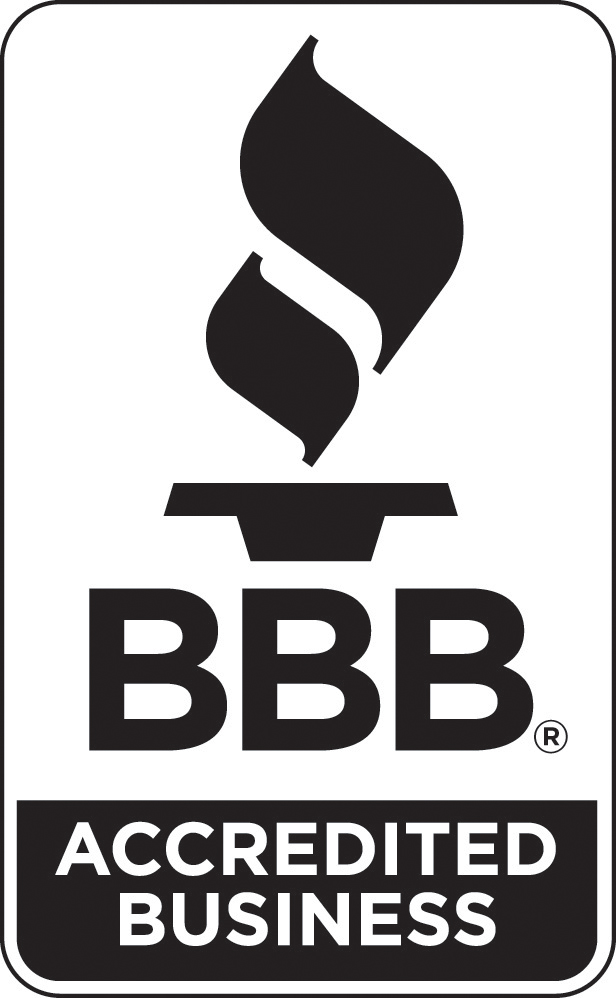August 2023 Freight Market Insights

With the shift into an inflationary period, the threat of LTL-market volatility, the lowest diesel prices seen since early 2021, and accelerated environmental timelines, the freight market is on the precipice of some interesting – and exciting – times.
Current state of the freight market.
If the theme last month was “Houston, we have liftoff”, this month can be characterized as: “We’ve cleared the tower and are headed towards earth orbit on our way to the moon.”Spot rates: Spot rates are on the rise – likely ending 2023 +10-15% from current levels before running another 30-40% higher throughout 2024. Contract rates: As supply-side pessimism and anxiety continue to compound, contract rates are expected to keep dropping in the months ahead, hitting their lowest levels towards the end of 2023.Rising spot rates means that we’re officially heading towards a more carrier-favored inflationary period, but with contract rates still dropping, we’re in what is considered the riskiest phase of the freight market cycle for both buyers and sellers seeking long-term contract rate stability. As spot rates begin to overtake contract rates later this year and into early 2024, many newly minted routing guides will quickly begin to spring leaks, igniting a great reshuffling – the magnitude of which will likely be determined by what shape the economy is in at that point. This is where those rock bottom contract rates that many brokers and carriers signed up for during the 2023 bid season prove to be unsustainable after all as more attractive opportunities start to show up in the spot market. It starts with a decline in primary tender acceptance and ends with multiple rounds of repricing, lane re-allocations, and mini-bids. While Shippers could see some of this as early as Q4 this year, we don’t expect the great reshuffling to be in full swing until early Q2 2024. And as it does, Shippers and Carriers alike will find out how strategic and how durable their commercial relationships really are.
Insights for shippers.
Shippers should consider using spot rates for a bit longer while they’re still fairly low, then start securing more contract rates towards late 2023 before they start to rise.
Insights for carriers.
Carriers who mainly utilize the contract market may face a more challenging rest of 2023 as these rates continue to drop and should consider turning to increasingly lucrative spot rates to fill in any profit gaps.
What’s happening in the freight industry.
While disturbances in the LTL market and aggressive climate timelines may be causing concern, shippers and carriers alike can find relief in downtrending diesel prices and alternative technologies that smooth the path forward.
LTL turbulence threatens market stability.
Potential labor strikes and an established carrier’s bankruptcy are sparking concerns around the immediate future of the LTL market. The effects of even just one of these occurrences could significantly impact businesses relying on LTL to deliver their products.In either case, the momentary hiatus or complete elimination of thousands of trucking jobs would leave remaining LTL carriers straining to move larger volumes – creating a surge in demand and, thus, driver and capacity shortage that would increase:
- LTL rates, which could potentially rise significantly and nearly overnight
- service disruptions, including longer transit times, missed pickups, and delays
- poor service quality, likely resulting in higher damage rates from rushed handling
Diesel prices are steadily declining.
The average cost of diesel has steadily been dropping throughout 2023 according to the U.S. Energy Information Administration (EIA) – from January’s average of $4.576 per gallon to $3.802 in June.After a brief dip to an annual low of $3.767 around the 4th of July, prices rose again, where they’ve remained steady at $3.806 for the past two weeks in a row. This is the first time prices have remained unchanged over multiple weeks since April 2021.Diesel prices are sitting $1.626 lower than they were this time last year, and they haven’t been this low since January 2022.Lower fuel prices means lower overall operating costs – improving profit margins for both shippers and carriers while helping to control inflation by enabling:
- carriers to take home more, particularly on contracted routes
- shippers to have more wiggle room to negotiate better rates, resulting in them paying (and charging consumers) less for shipping
- consumers greater flexibility with their resources, encouraging spending
EPA introduces new greenhouse gas standards.
In April, the Environmental Protection Agency (EPA) announced increased greenhouse gas standards for heavy-duty vehicles with a model year of 2027 and later, with CO2e (carbon-equivalent) standards that get more stringent with each model year through 2032.The EPA cites “the impacts that GHGs (greenhouse gasses) have on public health and welfare both for current and future generations” as reasons for phasing in stricter vehicle emissions rules. But this proposed “Phase 3” greenhouse gas program, which requires a revision of Phase 2’s previously released rules, has been met with some resistance from the American Trucking Association (ATA) – with ATA’s President and CEO, Chris Spears, stating that the EPA is working “at breakneck speed” to move the freight industry towards electric and hydrogen vehicles. While in clear support of reducing CO2e emissions, Spears says the EPA’s new guidelines:
- upend previously agreed upon commitments with equipment makers and purchasers
- rush early-stage technologies, risking insufficient testing
- leave no flexibility to explore other or already existing solutions
- ignores a lack of the infrastructure needed to fuel and charge the new vehicles
"Mandating unproven technology that won't meet our industry's unique requirements is a recipe for failure," Spear said. “Instead of the agency leap frogging existing low-carbon technologies towards electrification, allow today’s technologies to be fully adopted.”
Ship smoothly and boost your bottom line with Flock.
Ship smoothly even amidst market disruptions, cut your costs even further, and effortlessly reduce your CO2e emissions with our one-of-a-kind shared truckloads (STL).Navigate potential market disturbances.By finding empty spaces on trucks to fill with your freight, STL offers you access to untapped capacity not found anywhere else. Plus, by delivering faster with less damage than traditional methods, STL not only helps you combat temporary market disturbances but serves as a long-term solution to persisting LTL’s inefficiencies.Maximize lower diesel prices.STL moves your goods on the utmost efficient, hubless routes – reducing fuel waste (and, thus, your shipping costs) by avoiding unnecessary mileage and wasteful idling at terminals. Plus, with STL, you’re not fronting the cost of shipping a truckload that’s not actually full.Reduce emissions by up to 40% per shipment.Reducing environmental impact doesn’t have to mean swapping an entire fleet to electric or hybrid vehicles. By minimizing unnecessary CO2e burning and preventing damage resulting in product waste, every time you pool your freight with STL, you reduce your emissions by up to 40% compared to traditional shipping methods. Boost your bottom line.With STL, everyone wins. Shippers cut costs by up to 20% compared to full truckload and carriers earn up to 25% more per haul. Ready to ship with Flock? Request a demo. Are you a carrier who’s ready to fill your trucks faster with higher-paying freight that finds you? Haul with Flock.
.jpg)




